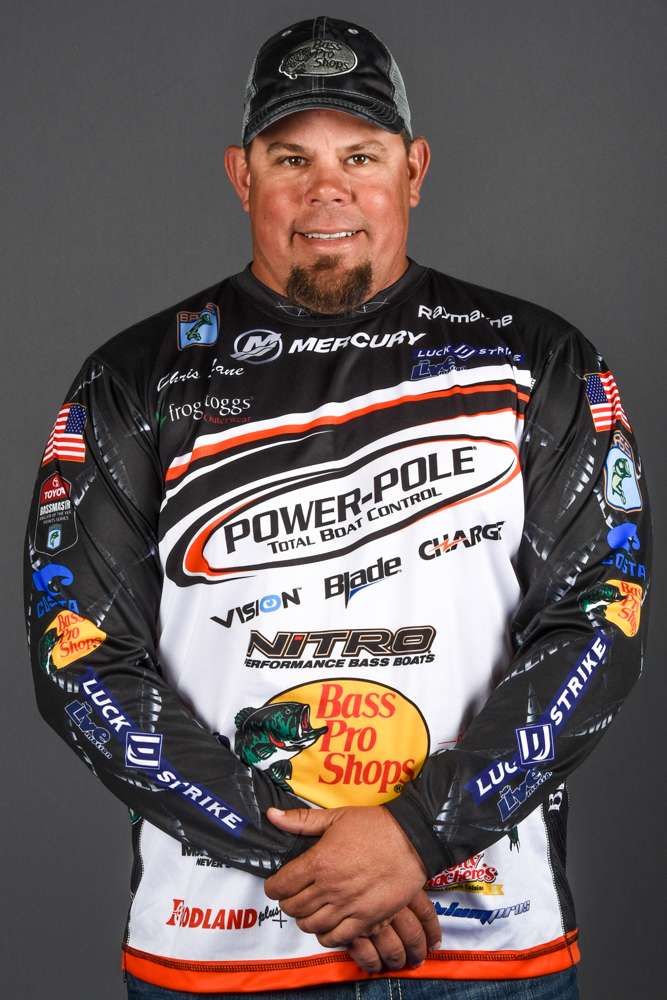Last week I said there was more to Lake Guntersville than grass. I stand by that statement. At the same time, though, there’s no doubt that grass is important to this body of water. There’s no way the lake could stand up to the pressure it’s getting without the thousands and thousands of acres of grass that grow in her.
The upper end of the lake has less grass in it than the middle or lower sections but that doesn’t mean it isn’t there or that it isn’t important. Depending upon the weather, there will be a fair amount of grass along the shore — sometimes mixing with rock and wood — and even more in the backs of the creeks.
I say “depending upon the weather” because the recent, ugly cold spell may have changed things somewhat. Grass dies when the water gets cold. Last Tuesday morning, it was 6 degrees down here. That cooled the shallow water and hurt the grass.
Note: That statement is based on my experience as an angler. I did not go fishing. Thank goodness the lake is off-limits.
The lower section is full of grass. There are massive flats that border the river channel. They are usually covered with grass. The only thing that will change that is the current coming from up the lake. If it’s strong, and the water is stained, there will be less grass. The lower lake also has a lot of grass along the shoreline and back in the creeks.
One thing to keep in mind is that the lower part of the lake is deeper than the upper or middle sections. That means less grass in the deep water areas. I’ve never seen grass growing in Guntersville, anywhere, below 18 feet.
Just like the physical aspects of the lake, the grass growing in the middle part of her is a mixture of what’s above and below it. As you drop down toward the dam, the grass will get thicker and heavier along the shore and back in the creeks. You’ll also see some of it on the flats that are around the channel.
There are basically three types of grass in the lake, and they are all found in all three sections. There’s milfoil, hydrilla and coontail. The milfoil tends to grow more shallow than the hydrilla but that’s not a hard and fast rule. You will sometimes find hydrilla in surprisingly deep water. The coontail is scattered around and mostly grows on mud or muck bottoms.
What is almost always the case, though, is that each type of grass grows pretty much by itself in specific areas. Those areas transition from one type of grass to another with fairly sharp lines. In a few places you will find two kinds of grass mixed, and occasionally the transitions will be a blend of two types, but that’s not real common.
Over the last two weeks I’ve tried to give everyone an overview of what this fantastic bass factory has to offer anglers and of the kind of place we’ll be fishing this February when the Classic gets underway. I hope it helps.
Chris Lane’s column appears weekly on Bassmaster.com. You can also find him on Twitter and Facebook or visit his website, www.chrislanefishing.com.

